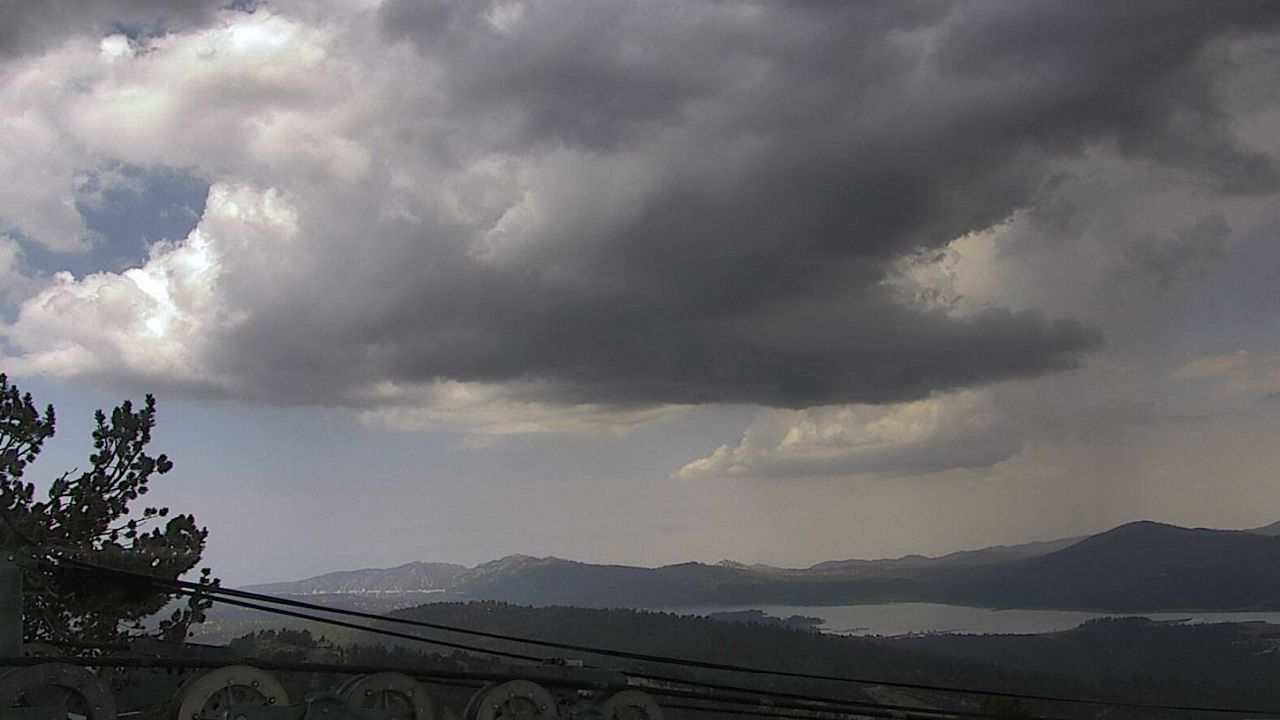The Southwest United States has experienced some pretty strong monsoon storms this summer.
Southern California was lucky enough to get some rain from these storms.
We here in SoCal may not like the extra humidity when monsoonal moisture travels our way from the south and southeast.
But the storms that this moisture-rich air can bring over the region are a welcome sight considering the drought we’re in.
The following is a partial list of rainfall amounts across some SoCal cities since mid-June.
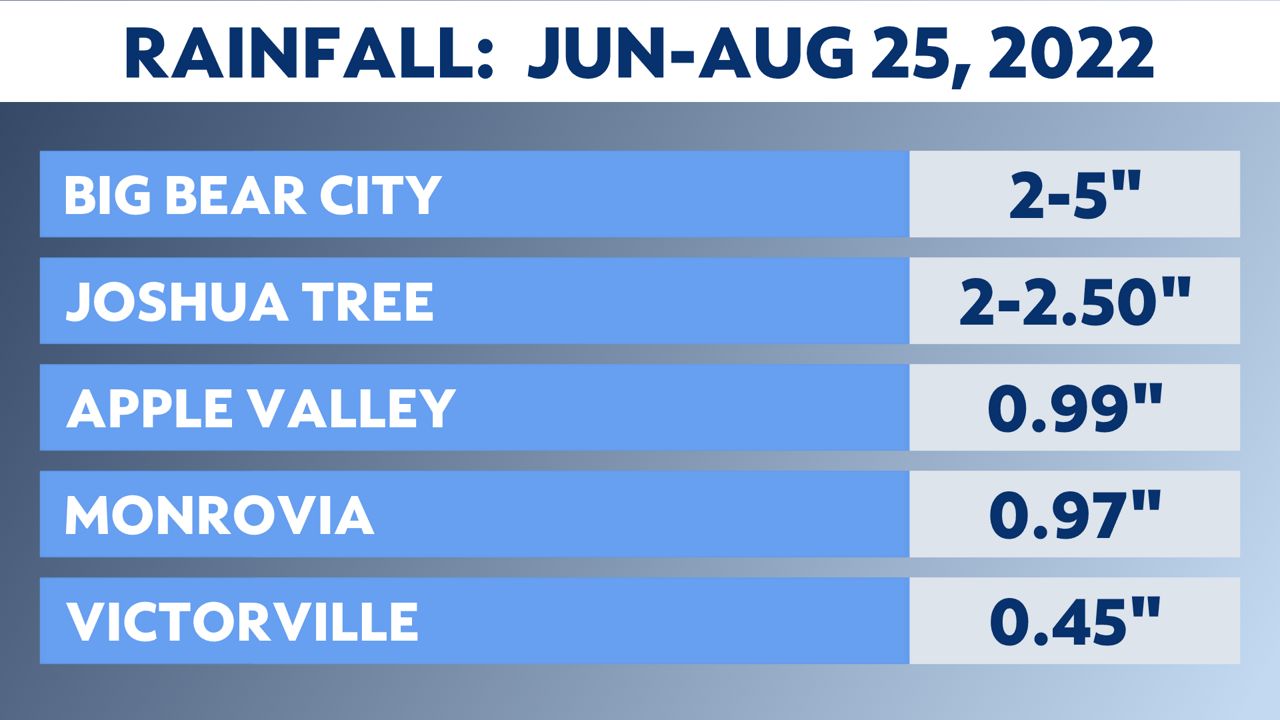
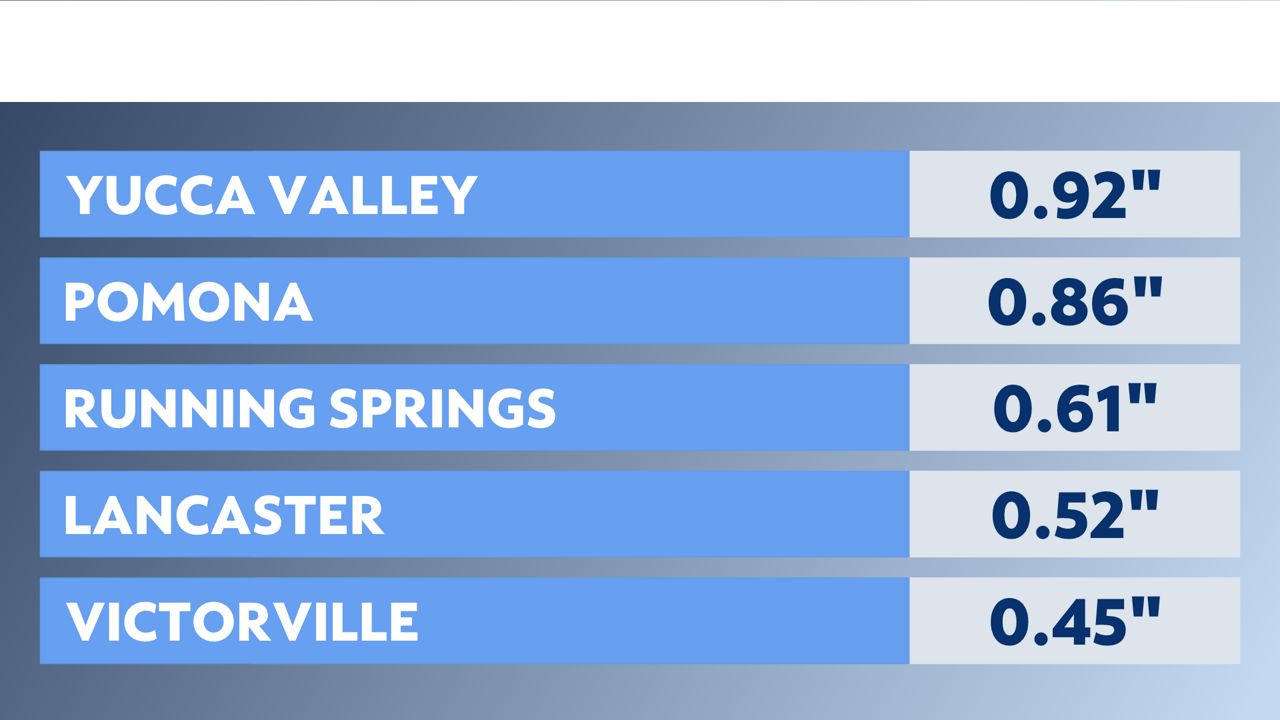
Much of the rain fell over the mountains and deserts, but a little over a tenth of an inch of rain fell over coastal and basin cities back in June.
Other cities, not on this list, may have experienced some storms this summer, but the rainfall didn’t amount to much if thunderstorms didn’t last long or moved across the area quickly.
Slow-moving thunderstorms dumped drenching rainfall, which triggered some flash floods and mud and debris flows, even over burn areas.
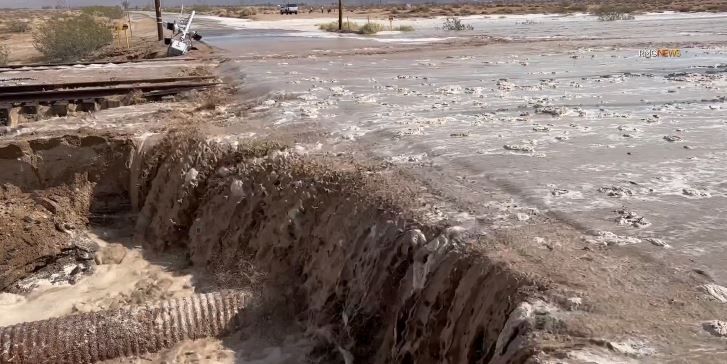
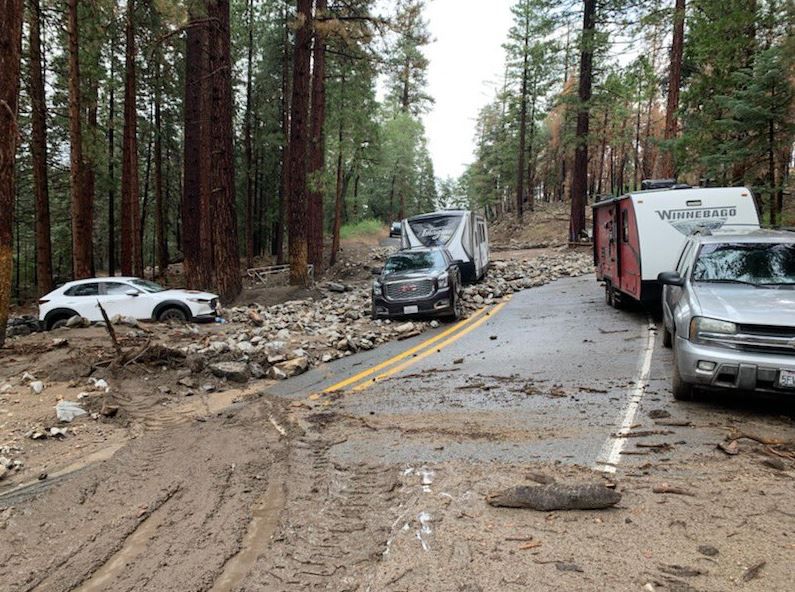
This kind of rainfall is not enough to fill the reservoirs.
It’s also not enough to dampen parched areas and cause widespread vegetation growth, which would help prevent wildfires once Santa Ana winds kick in.
All of SoCal will need a major soaking that only winter storms can bring. But we’ll need not just one, not even two, but three or four robust winter seasons to get us out of this drought.
If the forecast holds, the last days of August and the first three days of September will be free of monsoon storms.
Our team of meteorologists dives deep into the science of weather and breaks down timely weather data and information. To view more weather and climate stories, check out our weather blogs section.



